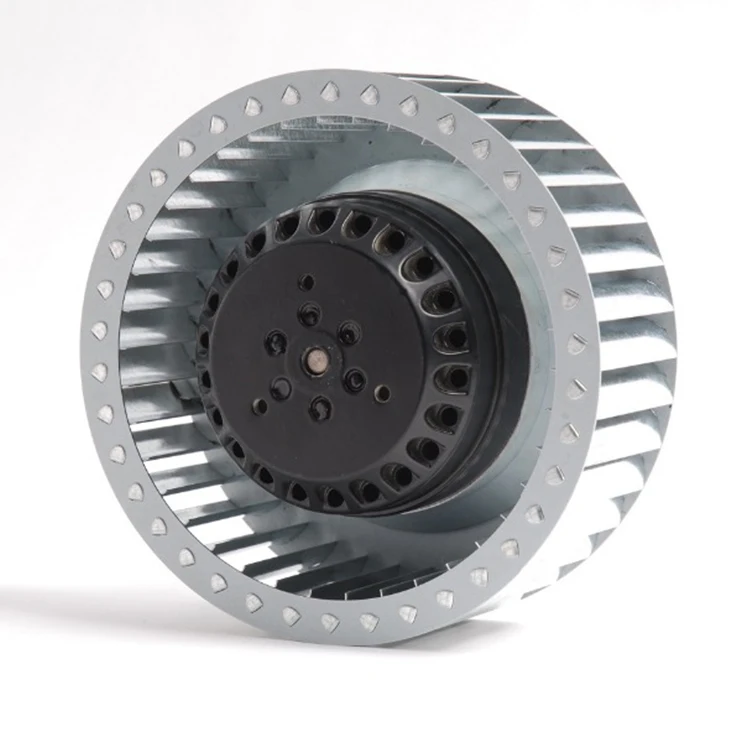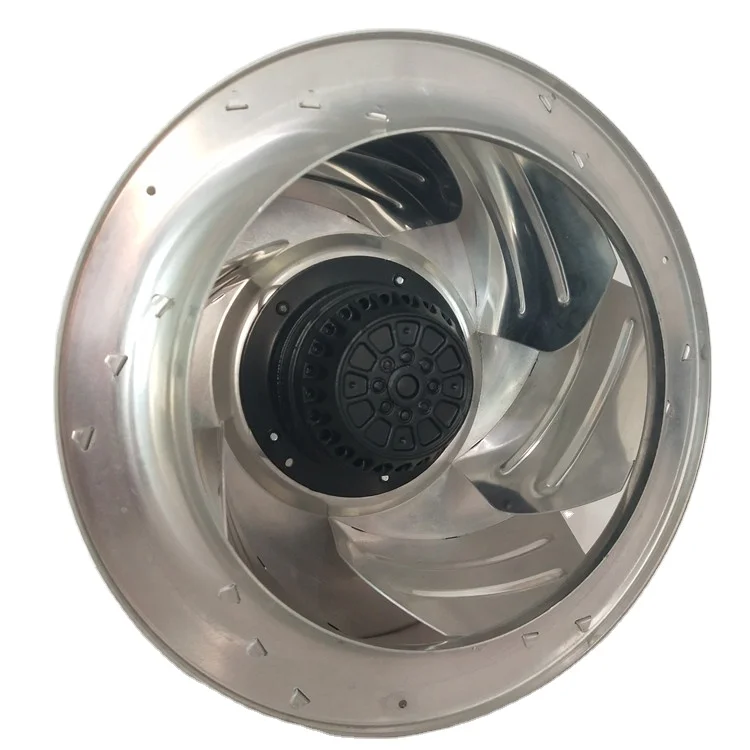Do you think to have very sultry rooms that uses so much energy? Look no further on such a consideration, a roof exhaust fan could be what the household needs. By taking proper instructions and fixing an everyday ceiling fan, overall indoor air quality and moisture can be reduced charge as proper cooling can be achieved. This second segment of the blog will be informative on how roof exhaust fans are beneficial and an installation guide and maintenance tips. Roof Exhaust Fan Installation Guide for the Best Ventilation in Your Home Proper planning and consideration are crucial once an individual wants to put a roof exhaust fan, and installation must follow the safety procedures. If you have the experience with a roof and the equipment, you can also consider trying it solo. However, a professional should be called in case of doubt If an installer is present, these are the steps to be followed Installing the Ductwork3. Fan Housin1. Cut a Hole Take a reciprocating saw or jigsaw, then cut a hole through the roofing deck sheathing which measures 1/8 of an inch outside that of the fan’s flashing. Apply the flashing to Slide under the shingles, Roof decking; nail/screw as due..
ensuring proper electrical connection: after installing the fan, connect the house’s wiring with that of the fan and fix it following the fan manufacturer’s instructions. running the fan : finally, after successful connection, test the fan by turning it on to check if it emits the airflow. roof exhaust fans are used in commercial locations to eradicate heat and moisture produced in the roof. Others are : Industrial grade with 1/8 hp and 14-inch blades that move up to ~1400 cfm of air; sold at $821.99 And QuietCool AFG PRO-3 cooling up to 1,800 sq. ft. and thermostat & humidistat in one energy saving fan; sold at $ 749; Tornado 24 Inch Drum is a heavy-duty and durable fan with a powerful 1/2 hp motor that can transport at 8,000 cfm. 1Schaefer VKM36-L; 1hp motor drives a high-velocity fan with a capacity of up to 11,000 cfm involves an optimum solution. revINSTALLATION OF A SOLAR POWERED ROOF FAN revBenefits of Installing a Solar-Powered Roof Exhaust Fan. A solar roof exhaust fan is ideal for those who are environmentally conscientious. Fan Systems has begun utilizing solar power to motor their fan system types, which means that the running costs of these fans are less expensive and reduces carbon emissions. Type 6Solar-powered fans are relatively straightforward to keep up as they do not have complex-internal moving parts or motors that need regular changing. These fans have panels that last 25 years, and they outlast the lifecycle of fans powered by traditional electricity, which must be fixed regularly.
The solar powered fans also minimize the interior air of moisture as well as the pollutants responsible for mold and other mildew. Solar power can improve the quality of air in the home in several ways. Raise the Value of Your Property: By purchasing a solar power roof exhaustfan, you could increase the worth of your home and make it even more appealing to green purchasers. Roof Mounted Exhaust Fans and Noise Reduction Solution The roof exhaust fans are meant to be quite silent as it is, but it’s sometimes loud enough for homeowners to grow tired of hearing it. Ways to Keep the Volume Down Use the Fan Only: Opt for a low decibel rating fan or one that comes with adjustable speeds. Install Vibration Reductions: Install vibration dampeners in place, which attach to the fan or the housing to cut down sound transmission of vibrations. Invest in Sound Barriers: If the fan is next to your room in a home setting, one cost-effective solution is installing acoustic paneling between the exhaust and interior. Proper Sizing of Roof Exhaust Fans for Attic Ventilation A critical element is a roof exhaust fan when it comes to how big the size should be. If the size is too small, the fan cannot vent the attic properly, but if the size is too large, it creates negative pressure within your homes, and it makes the air sucked from available sources. Determine Total Attic Cubic Footage: Take the attic space length, width, and height and multiply the number of your attic’s dimensions.
Step 2 (Calculate NFA needed | - Take your attic's cubic feet and divide it by a number of...
To find the ideal roof exhaust fan for your home and assure that it fits properly into place by implementing these tips. Proper ventilation = reduced indoor air pollution=lower energy bills=a much more comfortable home
Proper planning is essential when it comes to putting up a roof exhaust fan, as well installation should be through following safety procedures You can also try to put it in by yourself if you are skilled with a roof and have all the tools. However, if you have any doubts it is better to contact a professional in case of an installer. These are the basic steps for an installation as performed:
Finding the Perfect Spot: Your fan should be near the peak of your roof and center in your attic. This location allows for proper ventilation as well and avoids any condensation buildup.
Cut a Hole: Use a reciprocating saw or jigsaw to create an opening in the roof decking that is 1/8 inch larger than the fan's flashing.
Step 9: Take the flashing and slide it under your shingles making sure that you attach it to the roof deck using roofing nails or screws.
Fan Housing: Place the fan housing over the flashing and secure it to the roof decking with screws.
Installing The Ductwork: Connect the fan to an outdoor vent hood with flexible duct.
Ensuring Proper Electrical Connection: The next step is to connect the wiring of your house with that of fan in accordance with the instructions issued by manufacturer.
Running the Fan: Turn on the fan for airflow and operation test.

Roof exhaust fans are normally used in commercial properties to remove the heat and moisture build-up. Some of the best-rated models in the market are;
Industrial grade fan with 1/8 horsepower motor and 14-inch blades that moves up to approximately ~1400 cubic feet of air per minute
QuietCool AFG PRO-3. Cooling up to 1,800 square feet and featuring a thermostat & humidistat in one energy-saving fan
These products are: Tornado 24 Inch Drum : This is a heavy-duty and durable fan with a powerful 1/2 horsepower motor that can transport up to 8,000 cubic feet of air per minute.
Schaefer VKM36-L: 1hp motor drives a high-velocity fan with capacity of up to 11,000 cfm; an optimum solution.
Installing solar powered roof exhaust fan 3 revBenefits of Installing a Solar-Powered Roof Exhaust Fan
A solar roof exhaust fan is also good for the eco-conscientious among us. Fan Systems, a product that utilizes solar power to motor their fan system types making the operation costs of these fans less expensive and also cuts down on carbon emissions. SOME OTHER BENEFITS OF GRAMMARLY PRO
Type 6: Low Maintenance - Solar-powered fans are relatively easy to keep up as they do not have complex-internal moving parts or motors that need regular changing.
Durable: The panels in these fans can last for 25 years which they will outlast the lifespan of traditional electricity-powered fan that needs to be repaired regularly, very eco-friendly!
Improved Air Quality: The solar powered fans work to rid indoor air of moisture and pollutants that are responsible for mold as well as other mildew.
Higher Property Value: You can raise the value of your home by having a solar power roof exhaustfan, this would make your property more attractive to green buyers.

Roof exhaust fans are intended to operate relatively quietly, but they can still be loud enough that some homeowners find the sound irritating. Ways to Keep the Volume Down
Consider Installing Sound Barriers If you live in a house where the fan is located adjacent to your room, then one of such cost-effective solution would be installing acoustic paneling between the exhaust and interior.
Only use the Fan: Choose between a low decibel rating fan or one that comes with variable speed.
Install Vibration Dampening: Put vibration dampeners in place, attached to the fan or housing (to help reduce sound transmission of vibrations).

A Roof exhaust fan plays an important feature when evaluating how big the size must be. Too small, and the fan will not be able to vent your attic properly; too large you can create negative pressure within your home by causing air to sucked in from every available source. Check out this infographic for help in figuring ho to choose the right size attic fan.
Determine Attic Cubic Footage: Take the length, width and height of your attic space and multiply those dimensions to determine total cubic footage.
Calculate Ventilation Rate -The Home Ventilating Institute (HVI) recommends ventilation at a rate of 1sqft NFA/sf attic space.
Step 2: Calculate NFA needed - Divide your attic's cubic feet by 150 to determine the properly sized fan for you.
Following these tips will help you to find the perfect roof exhaust fan for your home and flush it into place. Good ventilation means better indoor air quality, lower energy costs and a more comfortable living environment.
Beron Motor is a CE ROHS certified company. CCC SGS as well as CCC SGS, CE ROHS, UL CCC and others certifications. We also have a roof exhaust fan as well as a sound test labs.
Beron Motor's most roof exhaust fan product EC DC AC External Rotor Fans Full Ranges. products widely used Fresh air system, heating, air conditioning ,refrigerations, air purification, telecommunications, electric power etc.
Beron motor producer which covers area 15000 square meters two manufacturing centers. Beron motor offers three product series over 2000 models as well more 10000 different kinds spare components accessories meet requirements every customer full terms. Beron motor a lab roof exhaust fan university.
Beron motor roof exhaust fan time 3-7 days, 7-7 days small quantity orders, and triers orders. within 25 days for large orders. We offers services more than 5000 customers around globe and exports to over 50 countries.